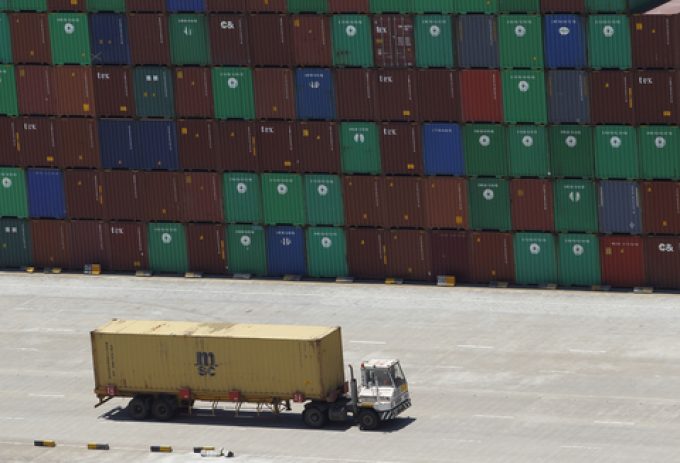Hapag-Lloyd CEO bullish on prospects for a peak season
Hapag-Lloyd’s CEO believes there is a “better than 50%” chance of a normal peak season ...

As supply chain uncertainty at China’s key port cities drags on, shippers are hunting for alternative cargo options from South-east Asia.
In Shanghai, where most of the city remains under lockdown, despite officials introducing a three-tier system to slowly ease restrictions, the container port – usually the busiest in the world – has been operating but the lack of trucking capacity has left supply chains in disarray.
For example, Jasmine Wall, Seko Logistics’ commercial manager for Asia Pacific, said: “Some carriers, including ...
Volcanic disruption at Anchorage could hit transpacific airfreight operations
Shippers snap up airfreight capacity to US ahead of tariff deadline
New price hikes may slow ocean spot rate slide – but for how long?
Tighter EU import requirements proving 'a challenge' for forwarders
Forwarders stay cool as US 'liberation day' tariffs threaten 'global trade war'
Supply chain delays expected after earthquake hits Myanmar
Looming Trump tariffs will create 'a bureaucratic monster' for Customs

Comment on this article